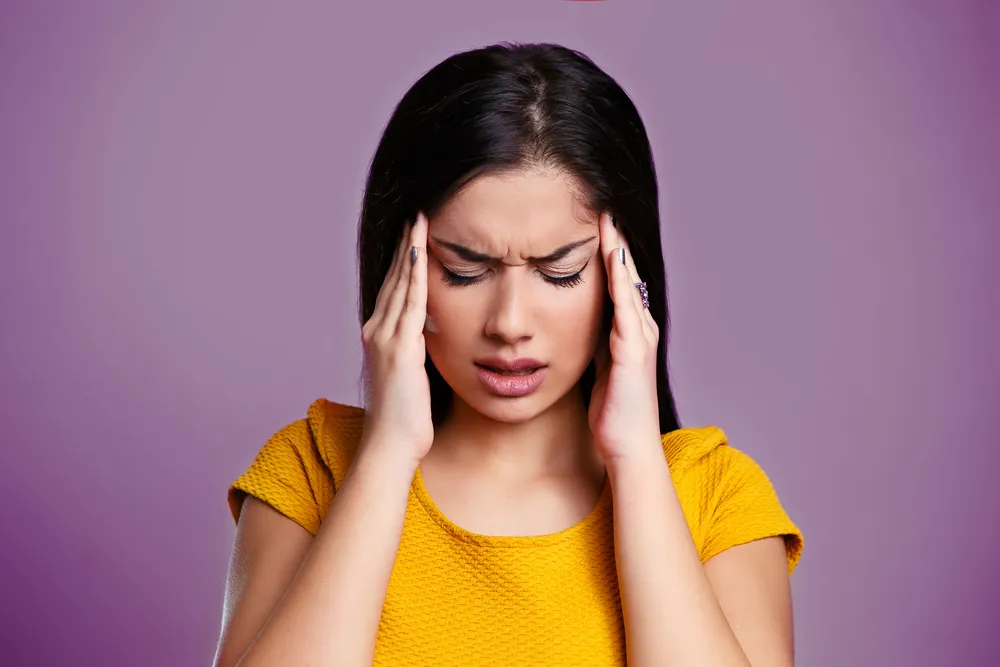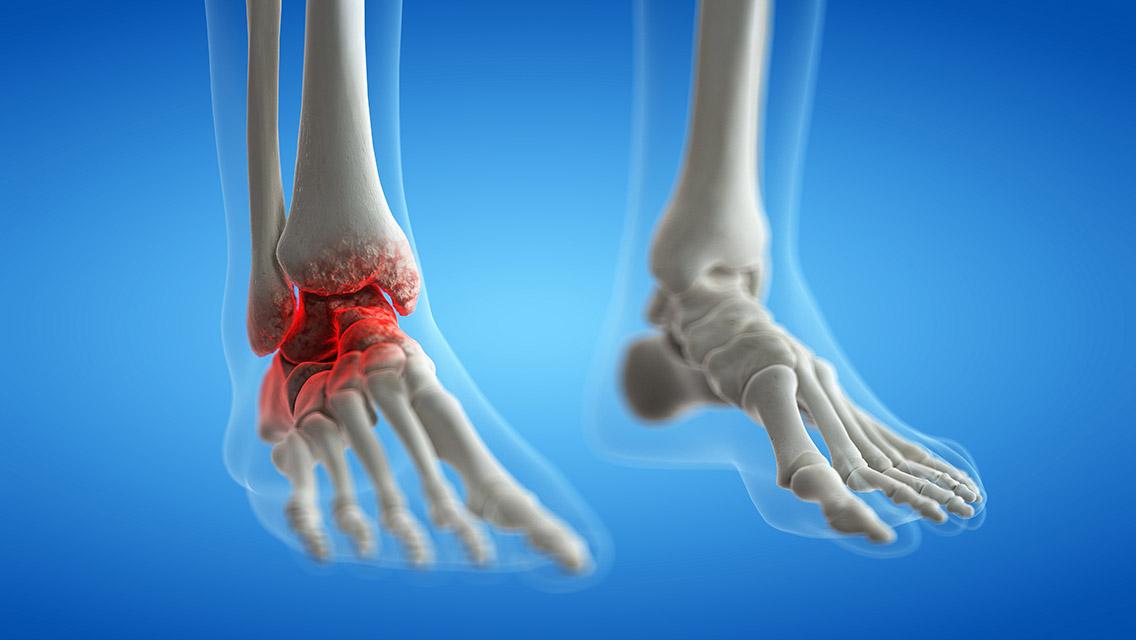Migraines are debilitating headaches that affect millions of people worldwide. They are often accompanied by nausea, vomiting, and sensitivity to light and sound. Finding effective ways to manage and treat migraines is crucial for improving the quality of life for those who suffer from them. In this article, we will explore various strategies and treatments that can help solve migraines.
Understanding Migraines
Migraines are more than just severe headaches. They are a complex neurological condition that involves changes in brain activity and affects blood flow in the brain. Migraines typically progress through four stages: prodrome, aura, headache, and post-drome.
Prodrome
The prodrome stage occurs a few hours or days before the migraine attack. Symptoms may include mood changes, food cravings, neck stiffness, increased thirst, and frequent yawning.
Aura
Aura can occur before or during migraines for some individuals. It involves visual disturbances such as flashes of light, blind spots, or tingling sensations in the face or hands.
Headache
The headache phase is characterized by intense, throbbing pain on one or both sides of the head. It is often accompanied by nausea, vomiting, and extreme sensitivity to light and sound.
Post-Drome
The post-drome phase follows the headache, where individuals may feel drained or confused for up to a day after the migraine attack.
Identifying Migraine Triggers
Identifying and avoiding migraine triggers is a crucial step in managing migraines. Common triggers include:
- Stress: Emotional stress can trigger migraines in many individuals.
- Dietary Factors: Certain foods and beverages such as caffeine, alcohol, chocolate, and processed foods can trigger migraines.
- Hormonal Changes: Fluctuations in hormone levels, especially in women, can trigger migraines.
- Environmental Factors: Bright lights, loud noises, strong smells, and weather changes can act as triggers.
- Sleep Patterns: Irregular sleep patterns or lack of sleep can trigger migraines.
Effective Lifestyle Changes
Adopting a healthy lifestyle can significantly reduce the frequency and severity of migraines. Here are some effective lifestyle changes:
Maintaining a Healthy Diet
Eating regular, balanced meals can help prevent migraines. It is essential to avoid foods that are known triggers. Keeping a food diary can help identify which foods trigger migraines.
Regular Exercise
Regular physical activity can reduce the frequency and intensity of migraines. Exercise helps release endorphins, which are natural painkillers, and reduces stress levels.
Adequate Hydration
Dehydration is a common migraine trigger. Drinking plenty of water throughout the day can help prevent migraines.
Consistent Sleep Schedule
Maintaining a regular sleep schedule is crucial for migraine prevention. Aim for 7-9 hours of sleep each night and try to go to bed and wake up at the same time every day.
Stress Management Techniques
Stress is a significant trigger for migraines. Practicing stress management techniques such as meditation, yoga, and deep breathing exercises can help reduce stress levels and prevent migraines.
Medical Treatments for Migraines
Several medical treatments can help manage migraines. It is essential to consult a healthcare provider to determine the most appropriate treatment plan.
Over-the-Counter Medications
Over-the-counter pain relievers such as ibuprofen, aspirin, and acetaminophen can help alleviate mild to moderate migraine pain. However, they should be used with caution to avoid medication overuse headaches.

Prescription Medications
For more severe migraines, prescription medications may be necessary. These include:
- Triptans: Triptans are specifically designed to treat migraines by narrowing blood vessels and blocking pain pathways in the brain.
- Ergots: Ergotamine and dihydroergotamine are used to treat migraines and are particularly effective for long-lasting migraines.
- Anti-Nausea Medications: These medications can help alleviate nausea and vomiting associated with migraines.
- Preventive Medications: For individuals with frequent migraines, preventive medications such as beta-blockers, antidepressants, and anticonvulsants can help reduce the frequency and severity of attacks.
Alternative and Complementary Therapies
In addition to conventional medical treatments, several alternative and complementary therapies can help manage migraines.
Acupuncture
Acupuncture involves inserting thin needles into specific points on the body to relieve pain. Some studies suggest that acupuncture can help reduce the frequency and severity of migraines.
Biofeedback
Biofeedback is a technique that helps individuals learn to control bodily processes such as muscle tension, heart rate, and blood pressure. It can be effective in managing migraines by reducing stress and tension.
Herbal Supplements
Certain herbal supplements, such as butterbur and feverfew, have been studied for their potential to prevent migraines. However, it is essential to consult a healthcare provider before using herbal supplements.
Magnesium Supplements
Magnesium deficiency has been linked to migraines. Taking magnesium supplements may help reduce the frequency of migraines in some individuals.
Essential Oils
Essential oils such as peppermint and lavender have been used for their potential to alleviate migraine symptoms. Applying diluted essential oils to the temples or inhaling their aroma may provide relief.
Innovative Treatments
New and innovative treatments are continually being developed to help manage migraines more effectively.
CGRP Inhibitors
Calcitonin gene-related peptide (CGRP) inhibitors are a new class of medications specifically designed to prevent migraines. They work by blocking the activity of CGRP, a molecule involved in migraine attacks.
Neuromodulation Devices
Neuromodulation devices use electrical or magnetic pulses to stimulate specific nerves associated with migraines. These devices can be used to prevent or treat migraines and are a promising option for individuals who do not respond well to medications.
Conclusion.
Migraines are a complex and challenging condition to manage, but with the right strategies and treatments, it is possible to reduce their frequency and severity. By identifying triggers, making lifestyle changes, and exploring various medical and alternative treatments, individuals can find relief from migraines and improve their quality of life.



